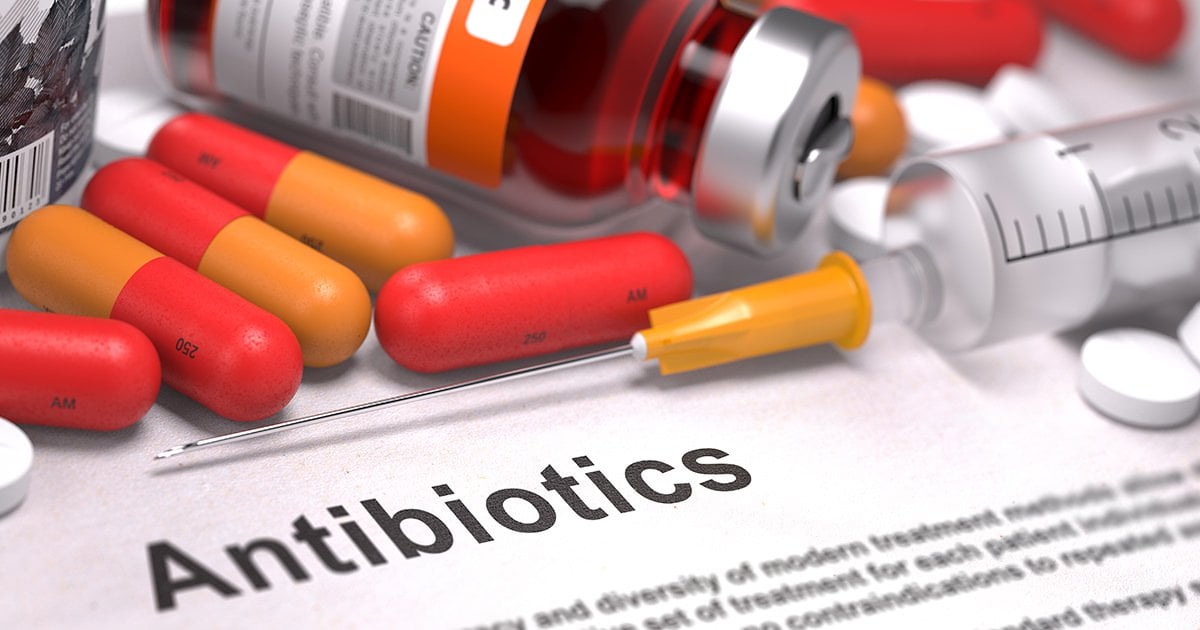ANTIBIOTICS
Rising antibiotic resistance caused by pollutants needs action
Our environment is contaminated with antibiotics. While this is often at a dilute level, sometimes the concentrations are surprisingly high. There is a growing recognition that this is a public health issue.
Antibiotic resistance accounts for hundreds of thousands of deaths each year and is a major global health threat. While attention has focused on antibiotic overuse, hospital outbreaks and new drug-resistant superbugs, antibiotics in waterways and soils is now viewed as stoking a rise of antibiotic resistance.
How do bacteria become resistant to antibiotics?
Mutation and evolution. Much of the resistance in disease-causing bacteria originate from existing genes. Antibiotics are part of many microorganisms’ natural armoury, so all sorts of resistance genes have always existed. What has changed is that these genes, one by one, jump from harmless bacteria to those that cause disease.
A bacterium may mutate and gain a small advantage in the presence of an antibiotic. And a gene that confers a competitive advantage can spread fast amongst bacteria because of their high rate of replication.
Having locations where bacteria can mingle in a thin soup of antibiotics and resistance genes is a recipe for resistance transferring between different species… and potentially creating new superbugs.
To know more: http://bit.ly/bacteriology2018
Learn from experts in the Conference Bacteriology 2018
For Registration: http://bit.ly/2Ll16Dk
Contact: bacteriology@pulsussummit.com

No comments:
Post a Comment